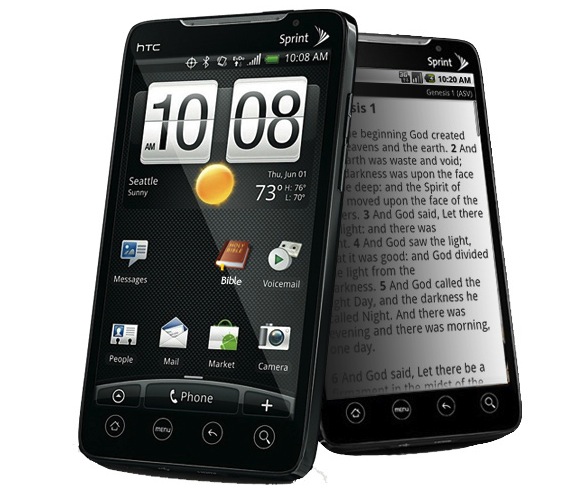 Seems like that for the past two BibleTech Conferences, we’ve gone the route of giving a sneak preview of the presentation. Might as well continue the tradition. Here’s a snippet from one of the presentation slides:
Seems like that for the past two BibleTech Conferences, we’ve gone the route of giving a sneak preview of the presentation. Might as well continue the tradition. Here’s a snippet from one of the presentation slides:
Definition of Mobile Ministry
The skillful use and application of computer technology classified as mobile for the context of fulfilling the religious practices which forward the proclamation of the key ideals and history of the faith, following form to and innovating on top of cultural and faith traditions within applied contexts.
The defintion that we are using here for mobile ministry is curated from several sources/leanings. First, the idea of skillful use being made clear in Proverbs 4:7 – wisdom in using mobile isn’t the providence though of Christians, it should be the hallmark of all people using this technology or engaging in its benefits.
Secondly, in calling it an application of computer technology, we are divorcing the behavior of mobile from other mobile-like behaviors such as listening to music via a walkman, or even limiting the tool to that of a mobile phone. As stated in our formal article on this defintiion, mobile inlcudes any kind of computing technology which is not bound to a specific space, and has usage models which fit within these 8 recorded unique characteristics.
Because we use the appended term ministry we are also filtering the use and application of mobile to faith practices. Certainly, there is mobile beyond faith, however this definition is deliberate to describe mobile technology in this context only.
We use the phrase forward the proclamation of the key ideals and history of the faith as any use of mobile in/for minsitry has to contain the scent/fingerprint of profitably carrying forward the tradition of fatih, while also growing the understand of living within the concepts and ideas that were originally set out when the Christian faith was understood to be codified.
Lastly, we use the phrase applied contexts because we understand that mobile and minsitry are bound and loosed within specific environments – and no two appliations might give the same result because of the characteristics of mobile. That also means that mobile ministry is more than a theoretical exercise, for at some point all faith (theory) must be lived out (proven) and vetted for justification as profitable to the faith, and to all humanity.
Well, this is at least how it looks on (digital) paper. I’m not sure that it will come out this cleanly.
If you are able to make it to BibleTech (and this includes us at the time of writing, its been a rough go of things for a bit), am looking forward to connecting, fellowshipping, and (possibly) being late/missing a few sessions because of great conversations.
If you aren’t able to make it, we’ll still post the presentation here (at the same time I’d been scheduled for just to keep it in tune), and we can converse over Twitter with the implications of what’s in text there.
For more information about BibleTech, check out the conference website.


 In a few recent conversations, it was talked about how there was a need to get up new websites, create billboards, and fill other media channels with content so that people can find avenues to Christ. Unfortunately, these were conversations within the Christian household. So when I asked these people tasked with filling these channels if they were addressing mobile, they not only didn’t have an answer, but pointed it to being a technical issue above all else.
In a few recent conversations, it was talked about how there was a need to get up new websites, create billboards, and fill other media channels with content so that people can find avenues to Christ. Unfortunately, these were conversations within the Christian household. So when I asked these people tasked with filling these channels if they were addressing mobile, they not only didn’t have an answer, but pointed it to being a technical issue above all else.


 I’ve got this personal pet peeve about carrying cash, that is, I don’t. It creates change, change creates lumpy pockets. So, I prefer to go the debit card route. This isn’t a problem till I come to a show. Not just the small ones either, the big ones where a few artists (indie and signed) have tables but don’t do debit/credit transactions. Sucks, cause I want to purchase then, not in many minutes/hours when browsing iTunes, Amazon, etc.
I’ve got this personal pet peeve about carrying cash, that is, I don’t. It creates change, change creates lumpy pockets. So, I prefer to go the debit card route. This isn’t a problem till I come to a show. Not just the small ones either, the big ones where a few artists (indie and signed) have tables but don’t do debit/credit transactions. Sucks, cause I want to purchase then, not in many minutes/hours when browsing iTunes, Amazon, etc.